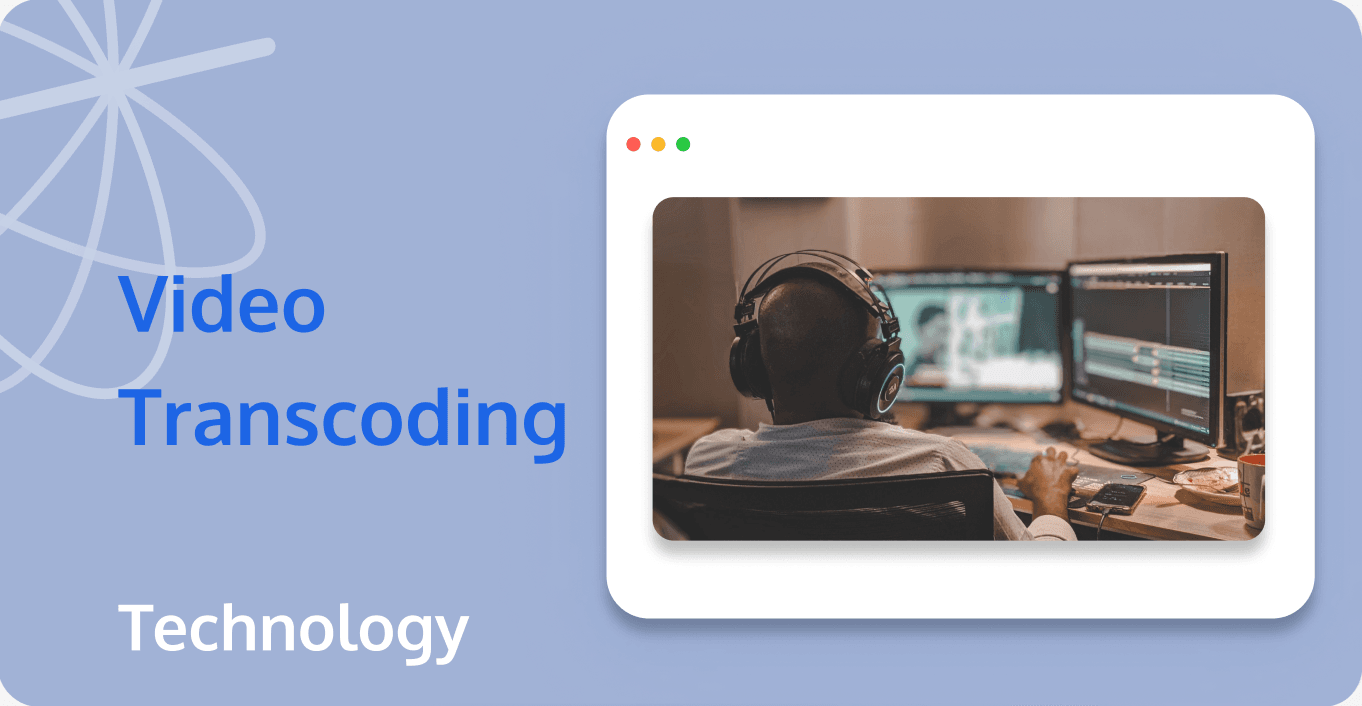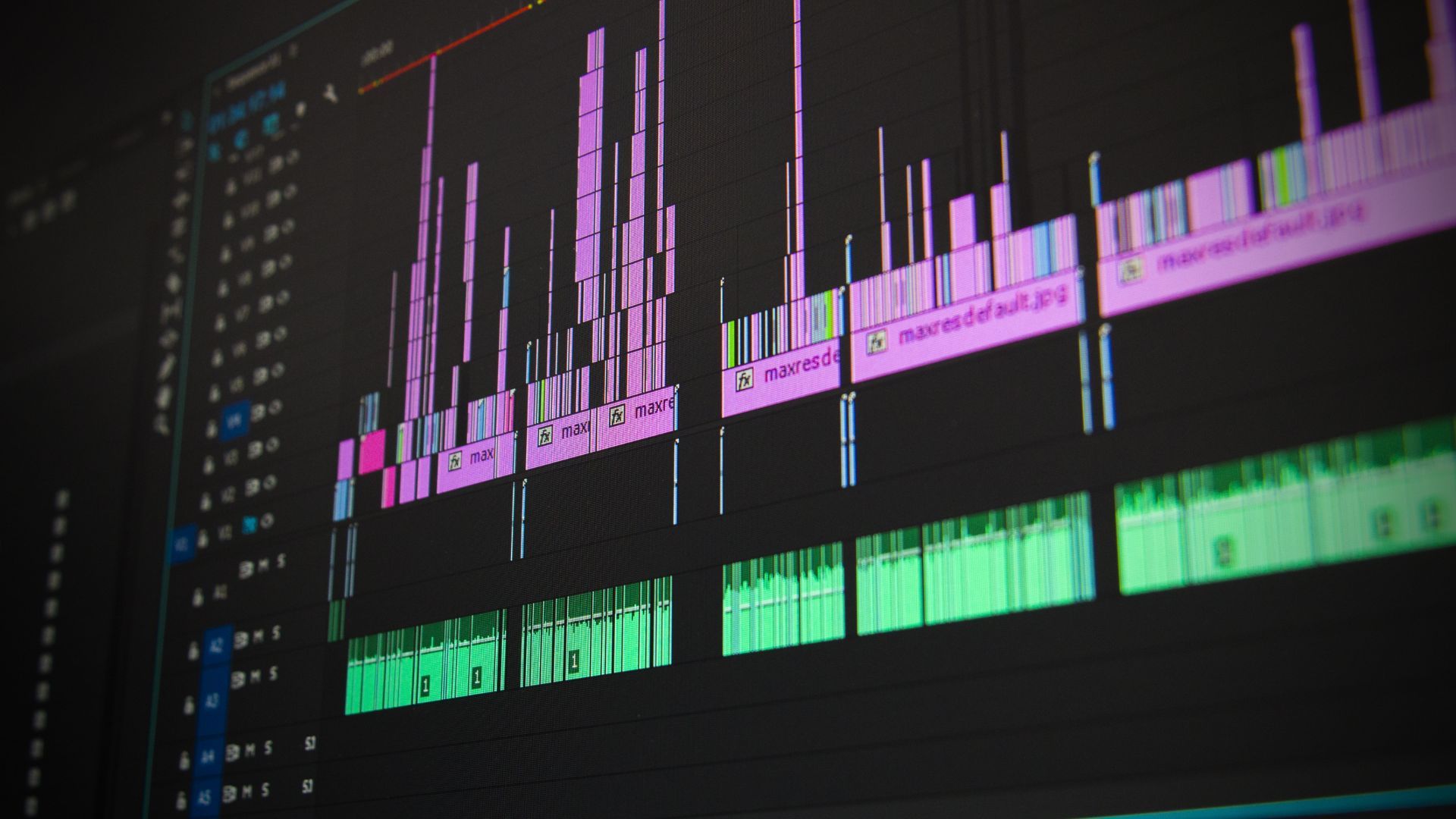
Are you struggling with a video that won't play on a certain device or platform? Video transcoding may be the solution you need. It is the magic wand of the digital media world, converting a video file from one format to another to ensure compatibility.
This guide dives deep into the ins and outs of video transcoding. From understanding its fundamental principles and exploring its benefits to operation methods and practical applications, we'll equip you with everything you need to master this digital media skill seamlessly.

What Is Video Transcoding?
Video transcoding is the process of converting a video file from one format to another, ensuring compatibility across various devices and platforms. This technology is crucial because different devices and media players often support different video codecs and formats. Transcoding not only involves changing the file format but also adjusting various elements of the video such as bitrate, resolution, and aspect ratio to suit specific playback requirements.
At its core, transcoding is about decoding the original file into an uncompressed format and then re-encoding it into the new format. This process allows content creators and distributors to deliver the same video to different devices—be it smartphones, tablets, TVs, or computers—while maintaining an optimal balance between quality and file size. For example, a high-resolution video intended for viewing on a large TV screen can be transcoded into a lower-resolution version for smoother playback on a smartphone.
What Are the Benefits of Video Transcoding?
Video transcoding brings many advantages:
- Device compatibility: Different devices support different video formats. Transcoding ensures that your video can be played on a variety of devices.
- Quality optimization: Transcoding permits you to tailor your video quality according to the intended platform as well as demand of audience. Create variants of different resolutions for use on various devices.
- File compression: Transcoding can actually halve your file size yet keep the same HD quality. This is useful if you have limited memory space or are streaming.
- Adaptive playback: Transcoding supports the creation of multiple video versions at different bit rates. Thus, the player can automatically change image quality according to network state for smooth watching.
How to Transcode Video?
Transcoding video may seem daunting, but with the right tools and a basic understanding of key concepts, it can be a straightforward process. Here’s a step-by-step guide to help you get started with video transcoding:
1. Choose a Transcoding Tool
The first step in transcoding video is selecting appropriate software. There are several powerful tools available, ranging from professional-grade applications like Adobe Media Encoder and Final Cut Pro to free and open-source options like HandBrake and FFmpeg. Choose one that fits your budget and technical expertise.
2. Load Your Video File
Open up your chosen software then load the video file. Most software supports a drag-drop way to dump files, making this step a piece of cake.
3. Choose an Output Format
Then, pick the output format and preferred codec. Most of the time, MP4, AVI. MOV and MKV are common formats on which you could rely to enjoy video content. Select a codec that matches your needs, H.264, for instance, is a preferred codec with broad compatibility.
4. Adjust Settings
Configure the output settings based on your needs, such as resolution, bitrate, frame rate, and audio settings. These adjustments will impact video quality and file size, so find the right balance for your requirements.
5. Start Transcoding
Once all settings are configured, start the transcoding process. This can take time, especially for larger or higher-quality files. Just wait a bit, and let the software do its thing.
6. Check the Transcoding Results
After the transcoding is done, make sure to inspect your video carefully. Ensure the image quality and voice are as desired for you. If required, modify the configurations and transcode again.
What Are the Use Cases for Video Transcoding?
Video transcoding serves a myriad of purposes across different industries and scenarios. Here are some key use cases for video transcoding:
Content Delivery Network (CDN)
CDNs use transcoding to deliver video content in many formats and bitrates. This approach ensures smooth video playback on different devices. It also adapts to various network conditions, enhancing the user experience.
Streaming Services
Whether it's live streaming or on-demand video, streaming platforms like Netflix and YouTube rely on transcoding to deliver content that is compatible with all types of devices and connection speeds. Transcoding allows these services to offer multiple quality options, such as 1080p, 720p, and 480p, enabling viewers to choose based on their internet speed.
Social Media Platforms
As video becomes increasingly dominant on social media, platforms like Facebook and Instagram use transcoding to optimize user-uploaded videos so they can be efficiently stored and streamed to millions of users worldwide.
Video Editing and Production
Transcoding plays an important role in the picture production appendage. During the redaction present, editors usually transcode the original footage into a formatting that is easier to handle. In post-production, they transcode production into a put suited for distribution.
H3: Mobile Optimization
With the popularity of mobile devices, we need to optimize videos for them. Transcoding ensures video compatibility with various screen sizes. It also accommodates different processing power, enhancing the mobile viewing experience.
Archiving and Storage
Transcoding technology can effectively reduce video file size without significantly affecting quality, making storage more efficient. This is particularly useful when archiving large amounts of video content for a long time.
Useful Tips for Effective Video Transcoding
For the best transcoding results, consider the following tips.
- Choose the right codec: Use modern, efficient codecs such as H.264 or H.265. They can effectively control file size while maintaining quality.
- Optimize bitrate: Adjust the bitrate according to the purpose of the video. Higher bitrates provide better quality, but also larger files. Find a balance between quality and file size.
- Keep the original resolution: Preserve the original video resolution whenever possible to avoid unnecessary loss of quality. Only consider reducing the resolution if you have specific needs.
- Batch processing: If you need to transcode multiple videos, using software that supports batch processing can greatly save time. This is especially useful for processing a large number of videos.
- Test different settings: Try different combinations of settings. This approach helps you find the best balance between quality and file size for your specific needs. Through repeated testing, you will become more proficient in transcoding techniques.
Conclusion
Video transcoding is a core technology in the modern digital media field. It allows high-quality video playback on various platforms and devices, optimizing the viewing experience for users. Mastering the basics of transcoding, understanding its advantages, and proficiently applying transcoding techniques will help you improve the dissemination effect of your video content. Whether you are a content creator, a technical professional, or an ordinary user, understanding video transcoding will enable you to navigate the digital video world with ease.
FAQs
What is the difference between encoding and transcoding?
Encoding is the process of converting raw video material into a digital format. Transcoding is the conversion of an encoded video from one format to another. In short, encoding is the first conversion, and transcoding is the second conversion.
How can I reduce quality loss during video transcoding?
Use high-quality source files, choose efficient codecs such as H.264 or H.265, try to maintain the original bit rate and resolution, and avoid multiple transcoding. These measures can effectively reduce quality loss.
If you have any questions or need assistance online, our support team is always ready to help. Please feel free to Contact us or join us on Telegram or Discord.


